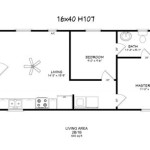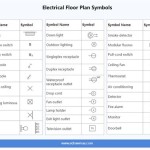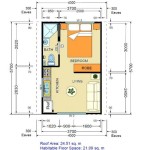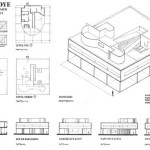Essential Aspects of Drain Plans for Your House
A well-designed drainage plan is crucial for preventing water damage to your house. By channeling water away from your foundation and other vulnerable areas, a proper drainage system can help protect your home from flooding and other moisture-related problems. When creating a drain plan for your house, there are several key aspects to consider:
1. Slope and Topography
The slope and topography of your property play a significant role in determining the flow of water. Areas with higher elevation will naturally drain toward lower areas. When designing your drainage system, it's important to take into account the natural contours of the land and ensure that water is directed away from your house.
2. Soil Type
The type of soil on your property can affect the effectiveness of your drainage system. Sandy soils allow water to infiltrate more easily than clay soils. If you have clay soil, you may need to install additional drainage features, such as French drains or perforated pipes, to improve water flow.
3. Roof Drainage
Roof drainage is a critical part of any drainage plan. Gutters and downspouts help collect and redirect rainwater away from your house. Ensure that your gutters are free of debris and that downspouts extend at least four feet away from your foundation.
4. Foundation Drainage
Foundation drainage is essential for preventing water from seeping into your basement or crawl space. There are several options for foundation drainage, including French drains, sump pumps, and weeping tiles. A professional can help you determine the best option for your home.
5. Landscaping
Landscaping can also play a role in drainage. Planting vegetation that absorbs water can help reduce runoff and prevent erosion. Additionally, installing swales or berms can help divert water away from your house.
6. Maintenance
Once your drainage system is installed, it's important to maintain it regularly. This includes cleaning gutters and downspouts, inspecting foundation drains, and removing any debris that could obstruct water flow.
7. Professional Assistance
If you're uncertain about how to create a proper drainage plan for your house, it's recommended to consult with a professional. A qualified contractor can assess your property, identify potential drainage issues, and design a customized solution that meets your specific needs.
By considering these essential aspects, you can create a comprehensive drainage plan that will protect your home from water damage and ensure its longevity.

Drainage Guide Step 3 Plan Layout The French Drain

House Drainage Layout Explanation

Drainage Guide Step 3 Plan Layout The French Drain

Self Build House Extension Drains Planning

Plan No 1 Outside House Drainage

Residential Drainage Life Of An Architect

Where Can I Find Drainage Plans For My House Soho Real Estate

House Drainage Important Components Used In System

Where Can I Find Drainage Plans For My House Soho Real Estate
Plumbing Basics Howstuffworks








